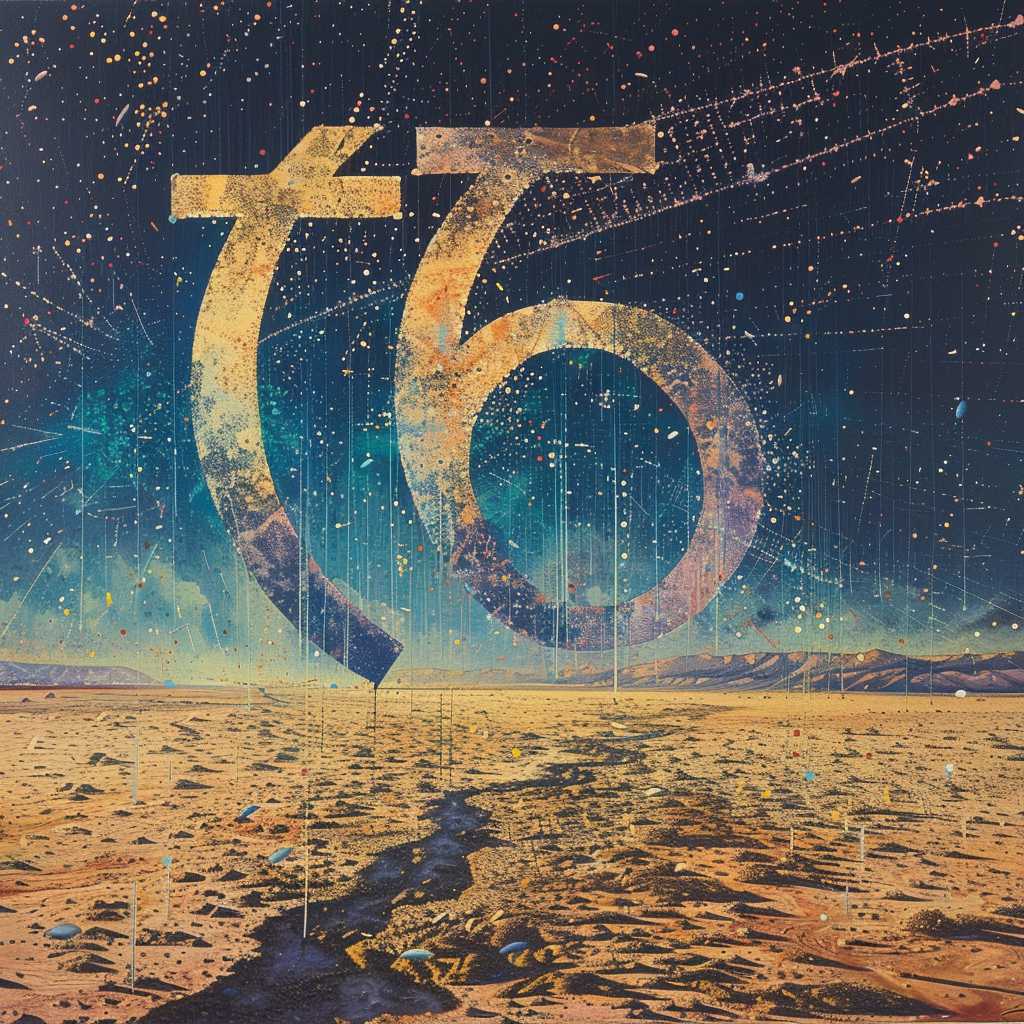## Exploring the Infinite Complexity of Pi: A Journey Through Its Never-Ending Digits ##
Pi, symbolized by the Greek letter π, is one of the most intriguing figures in the realm of mathematics. Its value, vital in calculations involving circles, spheres, and waves, is an irrational number famously recognized for its non-repeating, non-terminating decimal expansion. This article delves into the mystical nature of pi’s digits, their significance in various fields, methods of computation throughout history, and the contemporary pursuit of unraveling more of these elusive digits.
The Mathematical Wonder of Pi’s Digits
Pi’s digits have captivated mathematical minds for centuries due to their patternless progression. An irrational entity, pi cannot be accurately expressed as a fraction and its decimal representation goes on infinitely without falling into a repeating sequence.
Pi and Geometry: An Inextricable Link
Geometry is where the value of pi truly comes to life. Essential for calculating the circumference and area of circles, pi equally applies to more nuanced or complex geometric structures. Any equation that involves curvature or spherical shapes invariably includes π in some form.
Historical Calculations of Pi
The quest to calculate pi has a rich historical footing. Ancient civilizations such as the Babylonians and Egyptians provided early estimates. A notable stride was achieved by Archimedes of Syracuse who employed a method involving inscribed and circumscribed polygons to approximate π more accurately. Over time, mathematicians refined techniques to increase precision, each representing substantial leaps forward in understanding this enigmatic number.
Impact on Philosophy and Aesthetics
Speculation over pi’s infinite nature has overflown into philosophical domains, raising debates around the concepts of infinity and perfection. Artistically too, pi holds a spellbinding influence, compelling individuals to express its endlessness through visual arts, music composition, and literature.
The Modern Pursuit of Pi’s Digits
With advancements in computational power, mathematicians have raced to unearth more digits of π. Supercomputers now allow researchers to calculate pi to trillions of decimal places. This colossal extent of computation does little more than awe-inspire since practical applications rarely if ever require such meticulous precision.
Pi in Popular Culture: Celebrating Infinity
March 14th has been unofficially deemed “Pi Day,” derived from the date’s numerical representation matching the first three digits of π (3.14). On this day enthusiasts advocate for mathematics and engage in communal activities like reciting digits from memory or having pie eating contests—blending culinary homophones with academic festivities.
Challenges and Limitations
Though infinite digits convey a sense of wonderous complexity, capturing additional digits bietenmes an arduous task overshadowed by diminishing returns. The limit in storage capacity and purpose intensely confines prurient into an area primarily reserved for pure ventliration over practical outcomes.
Reflections on Pi and Human Knowledge
Indeed, pi serves as a humble reminder of both our remarkable aptitude for pushing against cognitive frontiers and the unending mysteries universal constants juxtapose against human comprehension.
Notes
Image description: One might imagine an illustration highlighting the symbol π against a backdrop sprinkled with an endless stream of random numbers proceeding into the horizon representing its infinite decimals digits.

